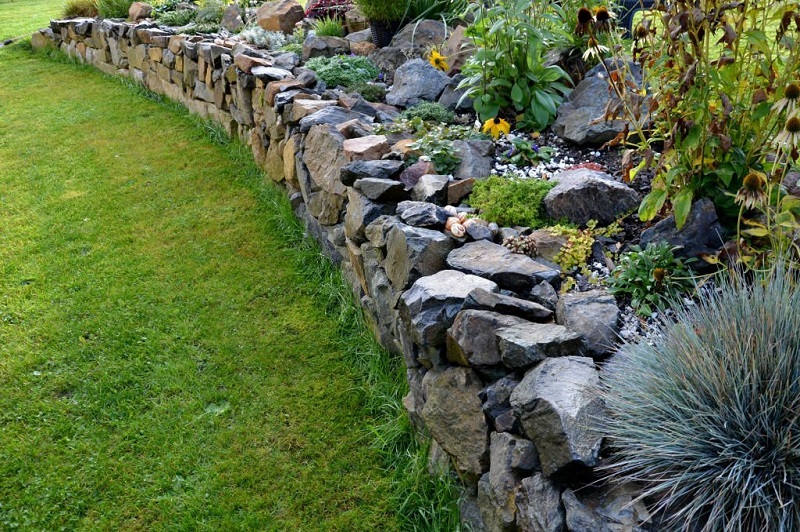Introduction If you've ever experienced problems with your drainage system at home, you know how stressful and disruptive it can be. Fro...
Introduction
If you've ever experienced problems with your drainage system at home, you know how stressful and disruptive it can be. From persistent blockages to foul odors, a faulty drain can take a toll on your property's functionality and overall ambiance. Fortunately, drain relining, a lesser-known service in home improvement, can be a game-changer.
Drain relining isn't just an obscure term used by plumbing professionals. It's a significant service that's revolutionizing the way we approach drain repairs. It's a long-term solution that can prevent potential drainage disasters while improving the overall lifespan and efficiency of your pipes.
With this process, there's no need for invasive digging or excavations. You won't have to worry about your landscaped garden or concrete driveway getting ruined by intrusive pipe repairs. We'll delve deeper into how drain relining works, why it's a worthy option, and how to source the best service for your needs.
The Science Behind Drain Relining
Drain relining, also known as cured-in-place pipe (CIPP) relining, is a trenchless technology that reinforces pipes from the inside. It works by inserting a liner soaked in a special resin into the damaged pipe. Once in place, the resin-filled liner is inflated, coating the inner walls of the pipe. Upon curing, you’ve got a new pipe within the old one.
Essentially, drain relining creates a 'pipe within a pipe'. It's like giving your drain a second skin that is resistant to common pipe problems like root penetration, rusting, or breaking. The materials used are durable and designed to withstand pressure and adverse conditions.
This process can restore your pipes to peak performance without the fuss and disruption of a traditional drain repair or replacement. With a good grasp of the technology and process behind drain relining, you can better understand its remarkable role in home maintenance.
Why Opting For Drain Relining
When it comes to fixing drainage problems, homeowners are turning towards drain relining for several compelling reasons. Firstly, it's incredibly durable. The materials used in drain relining are crafted to withstand harsh conditions and have a life expectancy of over 50 years.
Secondly, considering it's a long-term solution to drain issues, drain relining proves to be cost-effective over time. Since it requires less labor, machinery, and replacement parts than traditional drain repairs, it lowers the overall cost.
Furthermore, the non-invasive nature of drain relining means minimal disruption. There's no need to excavate your garden or replace concrete paths — a win for preserving your home aesthetics while solving your drain problem.
Indicators You Need Drain Relining
Armed with the knowledge of what drain relining is and why it's beneficial, how do you know if your drain needs it? Drains don't announce their problems straight away. Often, they give subtle warnings that can be easy to overlook.
Recurring blockages, unusual noises, slow drains, are a clear sign of a deeper issue. If your drain frequently clogs, relining could provide the thorough and lasting solution you need.
Mold growth, a musty smell, or patches of dampness around the house, all suggest a leaking pipe. Unresolved leaks can lead to major structural problems and health risks, which meritoriously justifies considering drain relining.
Drain Relining VS Drain Replacement
Weighing between drain relining and total drain replacement can be a tricky choice. Drain relining is less invasive, quicker, and easier on the pocket compared to total replacement, making it an attractive option.
However, not all drain issues are suited for relining. Extensively damaged or collapsed pipes may require full replacement. This is where a professional assessment becomes extremely crucial, and a competent service provider can assist you in making the best decision based on the condition of your drains.
Both options have their value but understanding the difference can help you make an informed choice based on your specific situation and needs.
How To Choose A Reliable Drain Relining Service
With multiple providers in the market, how do you select the most reliable service for drain relining? First, look for experience. A provider with years of operational experience indicates they’ve honed their craft and understand the complexities involved in the process.
Next, consider the reputation of the provider. Customer reviews and testimonials can offer insights into the quality of service provided. Evaluating credentials, licenses, and industry affiliations can also boost confidence in your choice.
Finally, assess their transparency in cost. A professional drain relining service provider will provide detailed estimates, clearly stating what’s included.
The Drain Relining Process: What To Expect
Now that you've chosen a trusted provider, what should you expect during the drain relining process? First, your provider will conduct a thorough inspection using a camera to assess the damage and tailor a precise solution.
Next comes the cleaning of the pipe using a high-pressure water jetting system to eliminate blockages and prepare the pipe for the lining.
The liner soaked in resin is then inserted into the pipe and is expanded to fit tightly against the inner walls of the pipe. The resin is then left to cure and harden. A final camera inspection confirms the successful application of the liner.
Conclusion
Drain relining is a durable, cost-effective, and minimally invasive alternative to traditional pipe repairs. With the right provider, this service extends the longevity of your pipes and significantly enhances their efficiency. Ignoring the early indicators can lead to more complex and costly problem, which reaffirms the importance of early intervention. By understanding this solution better, homeowners can address their drainage issues with more confidence and efficiency.
.jpeg)








